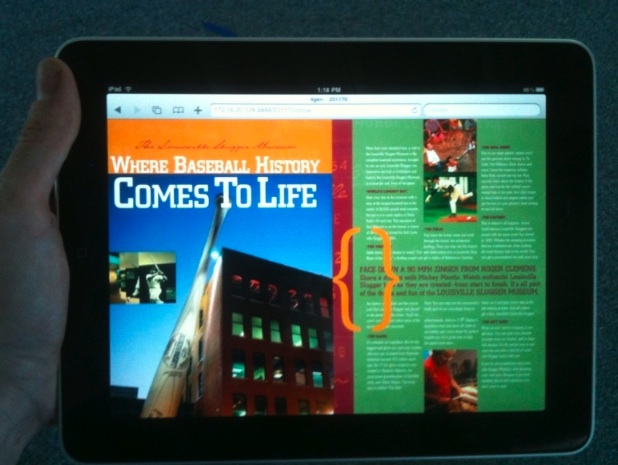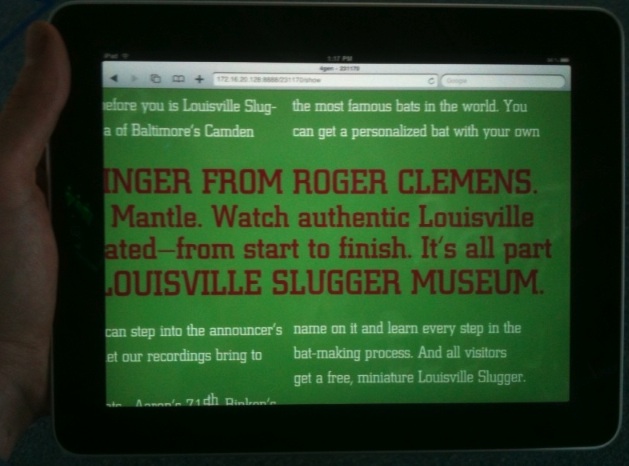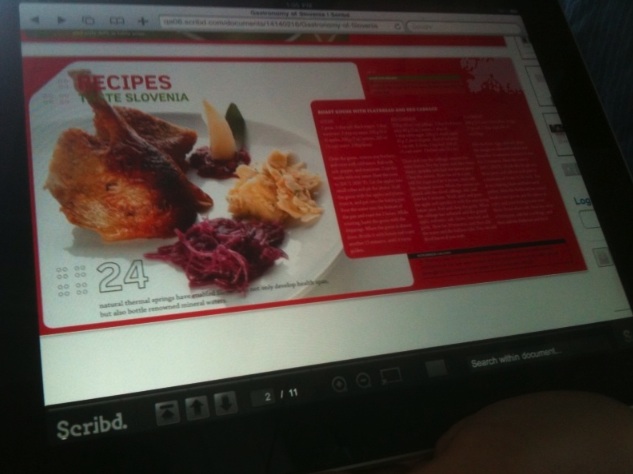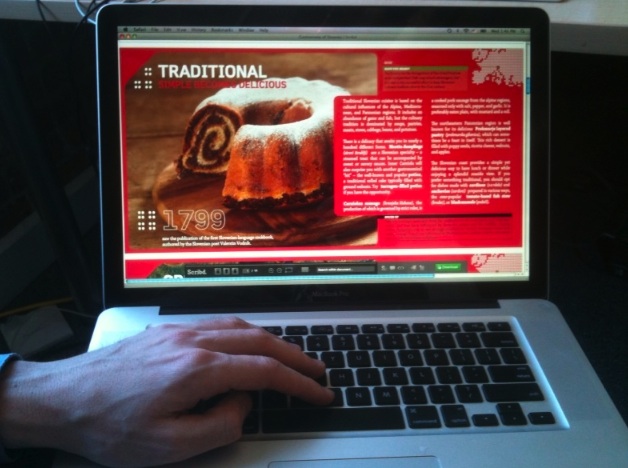
Adobe’s much-beleaguered Flash is about to take another hit and online documents are finally going to join the Web on a more equal footing. Today, most documents (PDFs, Word docs, Powerpoint slides) can mostly be viewed only as boxed off curiosities in a Flash player, not as full Web pages. Tomorrow, online document sharing site Scribd will start to ditch Flash across its tens of millions of uploaded documents and convert them all to native HTML5 Web pages. Not only will these documents look great on the iPad’s no-Flash browser (see screenshots), but it will bring the richness of fonts and graphics from documents to native Web pages.
Scribd co-founder and chief technology officer Jared Friedman tells me: “We are scrapping three years of Flash development and betting the company on HTML5 because we believe HTML5 is a dramatically better reading experience than Flash. Now any document can become a Web page.”
Documents will simply become very long Web pages. A new bookmark feature will help you keep your place in especially long documents. Scribd’s documents will be especially iPad friendly. Instead of downloading a book from Apple’s iBooks store or Amazon’s Kindle app, you can see if an electronic version is on Scribd and read it in your browser. Pinch and zoom to make the text bigger. No download necessary. The books and other documents are stored on the Web. They can be shared via Facebook and Twitter, or sent to a mobile phone.
Scribd is joining a chorus of companies from Apple to Microsoft in siding with HTML5 over Flash. Tomorrow only 200,000 of the most popular documents will be available in HTML5, but eventually all of them will be switched over. When it’s done, Scribd alone will convert billions of document pages into Web pages.
Scribd’s currently uses a Flash player much like YouTube’s to allow people to upload and view documents on the Web. But with HTML5 standards now making their way through not browsers, there is little reason to do that. “Right now the document is in a box,” says Friedman, “a Youtube-type of experience. There is a bunch of content and a bunch of stuff around it. In the new experience we are taking the content out of the box.”
Friedman has ben working secretly on this project for the last six months. You can tell he’s excited about it. He believes the Web is finally ready to ditch Flash for documents. Unlike video players, the parts of the HTML5 standard that impact documents have to do with support for fonts, vector graphics, and rotating text. Friedman estimates that 97 percent of browsers will be able to read Scribd’s HTML5 documents because those parts of the standard are older and more widely adopted. HTML5 documents will still be embeddable in other sites using an iFrame.
Poor Adobe. Even as it too embraces HTML5, the Web is moving away from Flash.


